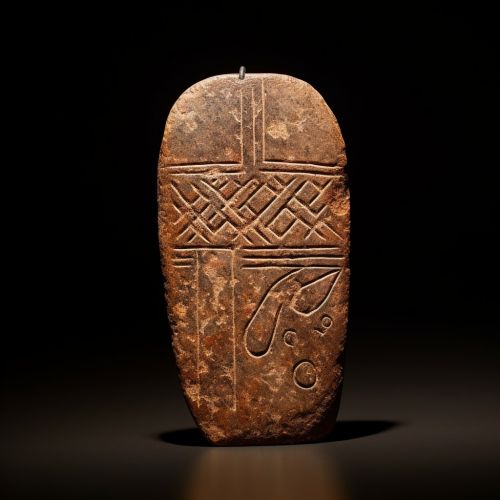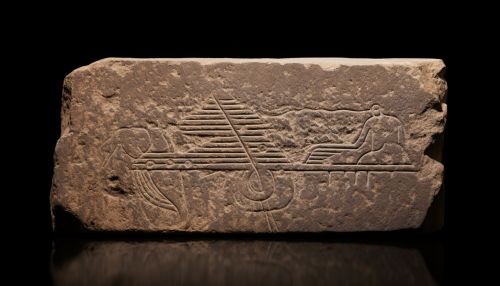Wanax
Origins and Etymology
The term "Wanax" is of ancient Greek origin, specifically from the Linear B script, which was used for writing Mycenaean Greek, the earliest attested form of Greek. The word is written as 𐀷𐀦𐀺, wa-na-ka, in Linear B syllabic script.[1] The term is believed to have been used to denote a high-ranking authority figure, akin to a king or chieftain, within the Mycenaean society.[2]


Historical Context
The term "Wanax" is primarily associated with the Mycenaean civilization, which flourished in the Late Bronze Age (c. 1600–1100 BC) in the Aegean region of Greece. The civilization was characterized by its palatial states, urban organization, works of art, and writing system, the Linear B.[3] The term "Wanax" appears in numerous Linear B tablets found in the palatial archives of Pylos and Knossos, suggesting its use in administrative and religious contexts.[4]
Role and Responsibilities
The "Wanax" was the top-tier authority figure in Mycenaean society, often translated as 'king' or 'high king'.[5] The Wanax was responsible for the administration of the palatial state, including economic activities, military operations, religious ceremonies, and judicial matters.[6] The term is often found in conjunction with religious offerings, suggesting the Wanax's role in religious ceremonies and rituals.[7]
In Literature and Art
The term "Wanax" is also found in the works of Homer, the legendary author of the Iliad and the Odyssey, two epic poems that are the central works of ancient Greek literature. In these works, the term is used to refer to Agamemnon, the leader of the Greek forces in the Trojan War.[8] This usage suggests a continuity of the term and its associated role from the Mycenaean period into the historical period of ancient Greece.[9]
See Also
References
- ↑ Palaima, T. G. (1988). "The Last Days of the Pylos Polity". Transactions of the American Philological Association. 118: 1–33.
- ↑ Chadwick, John (1976). The Mycenaean World. Cambridge University Press.
- ↑ Castleden, Rodney (2005). Mycenaeans. Routledge.
- ↑ Palaima, T. G. (1995). "The Last Days of the Pylos Polity". Transactions of the American Philological Association. 125: 1–33.
- ↑ Shelmerdine, Cynthia W. (2008). "The Palace and its Operations". In Duhoux, Yves; Morpurgo Davies, Anna (eds.). A Companion to Linear B: Mycenaean Greek Texts and their World. Peeters Publishers.
- ↑ Shelmerdine, Cynthia W. (2008). "The Palace and its Operations". In Duhoux, Yves; Morpurgo Davies, Anna (eds.). A Companion to Linear B: Mycenaean Greek Texts and their World. Peeters Publishers.
- ↑ Palaima, T. G. (1995). "The Last Days of the Pylos Polity". Transactions of the American Philological Association. 125: 1–33.
- ↑ Chadwick, John (1976). The Mycenaean World. Cambridge University Press.
- ↑ Chadwick, John (1976). The Mycenaean World. Cambridge University Press.
